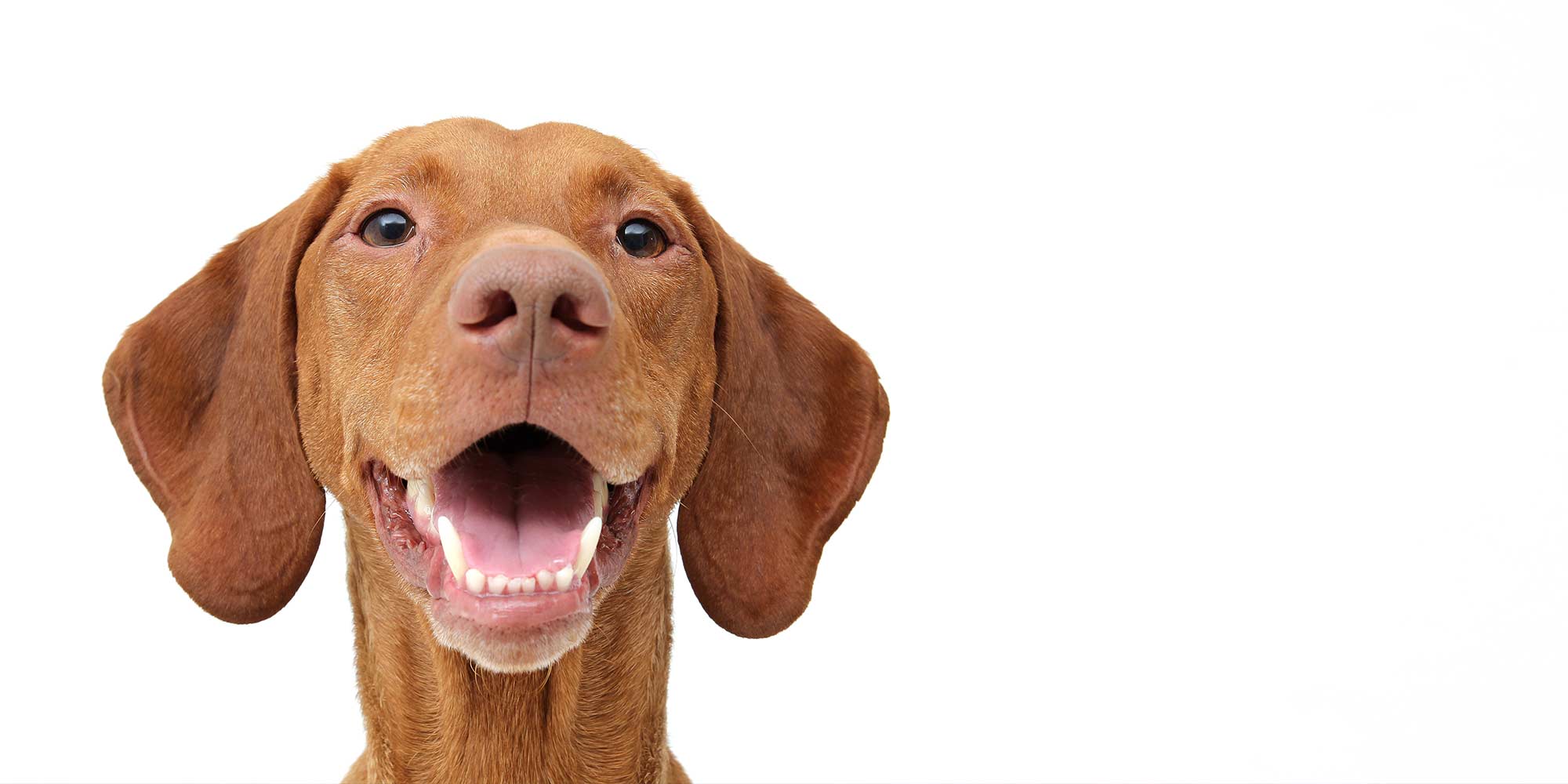Has your veterinarian recommended a “COHAT” for your furry friend? Have you pondered what a “COHAT” is? Are they truly necessary and does the procedure really need to be done under a general anesthetic?
COHAT stands for Comprehensive Oral Health Assessment and Treatment. This includes the teeth as well as the hard and soft tissues associated with the oral cavity. Dogs have up to 42 teeth while cats have up to 30 teeth. That’s a lot of potential for problems including bad breath, infections and fractures. A COHAT entails removal of gross calculus (hard plaque substance you can see on the teeth), removal of subgingival calculus (one of the major reasons non-anesthetic dentals are counter-productive) and polishing. Radiographs are recommended to assess problems below the gingiva where 60 per cent of the tooth resides. Extra or non-erupted teeth, fractured tooth roots, abscesses and resorptive lesions can be found. Each tooth is explored individually for concerns and a treatment plan is designed. It sounds like a lot of work because it is. Each mouth is unique and comes with its own challenges.
Animals require regular dental care to prevent disease both in the mouth and throughout the body, just like humans. Arguably there is no better part of our body we take care of than our teeth; brushing twice a day since childhood and seeing a dentist regularly. Regular COHATs prevent serious problems by decreasing the amount of chronic inflammation and bacteria in the mouth that can otherwise lead to a sick pet.
A large amount of time is put into each COHAT. Patients are maintained using general anesthetic to allow a thorough evaluation of the mouth, subsequently enabling us to treat problems on the spot. Under general anesthetic patients are monitored by highly trained nurses, maintained on intravenous fluid therapy and kept actively warm, all while major body functions are monitored. Exams and procedures are completed and documented by a licensed veterinarian.
Non-anesthetic dentals are cosmetic, providing a false sense of benefit with little therapeutic reward. They cannot assess below the gingiva with radiographs, cannot scale below the gingiva (a crucial component of the procedure) and they cannot treat problems when encountered. Using sharp instruments in the mouth can also be a source of harm for your pet.
If you would like to discuss anything related to this article or have your pet’s mouth examined, please talk to your veterinarian.
Dr. Jeremy Mount is a veterinarian at Airdrie Animal Health Centre





